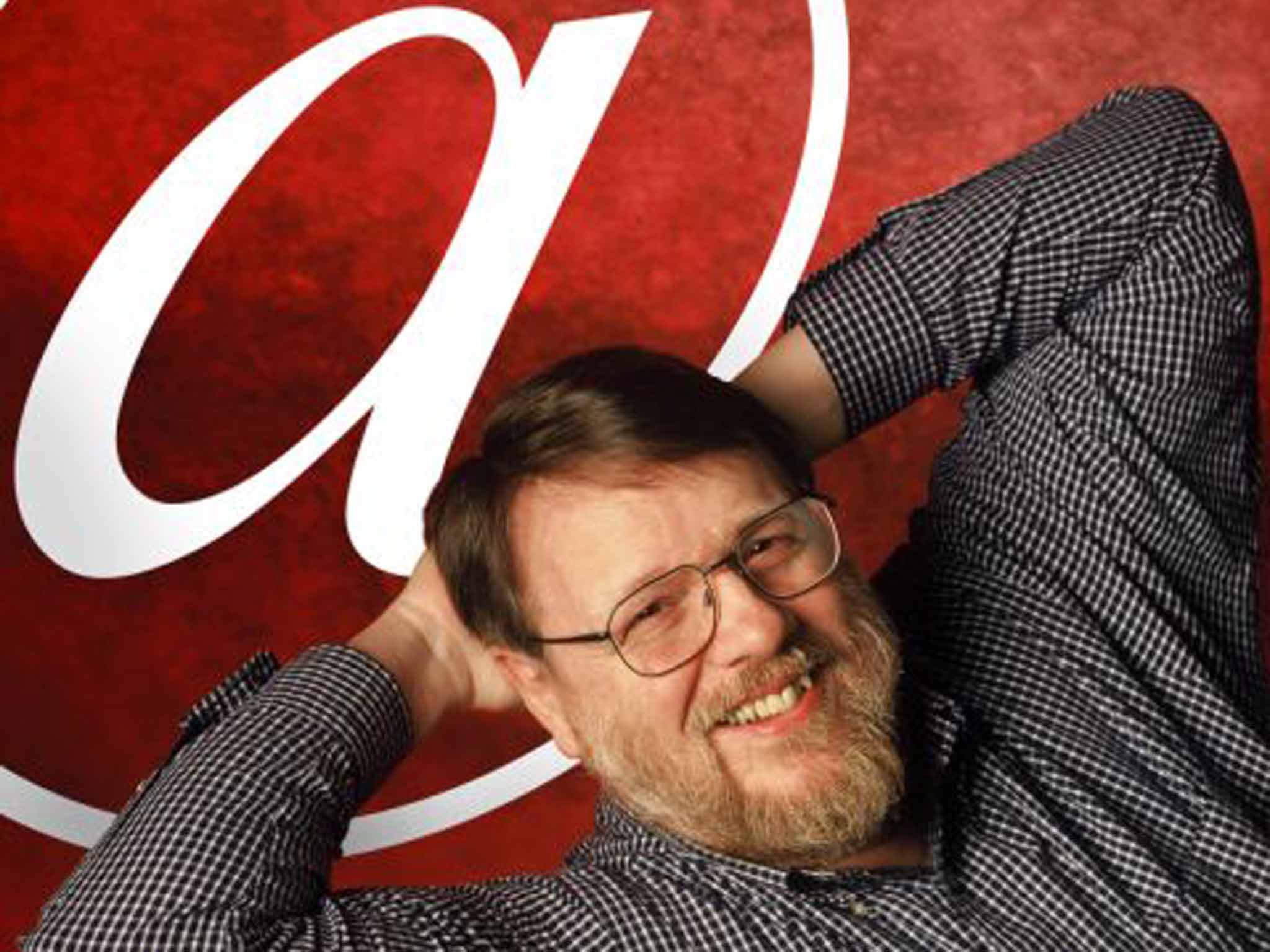Ray Tomlinson: Programmer who invented the email system and chose the @ symbol to connect senders and addresses
Though he was a famed programmer and received many awards and honours, colleagues described him as humble and modest

Your support helps us to tell the story
From reproductive rights to climate change to Big Tech, The Independent is on the ground when the story is developing. Whether it's investigating the financials of Elon Musk's pro-Trump PAC or producing our latest documentary, 'The A Word', which shines a light on the American women fighting for reproductive rights, we know how important it is to parse out the facts from the messaging.
At such a critical moment in US history, we need reporters on the ground. Your donation allows us to keep sending journalists to speak to both sides of the story.
The Independent is trusted by Americans across the entire political spectrum. And unlike many other quality news outlets, we choose not to lock Americans out of our reporting and analysis with paywalls. We believe quality journalism should be available to everyone, paid for by those who can afford it.
Your support makes all the difference.Before Raymond Tomlinson came along, electronic messages could be shared within a limited framework. But until 1971, when he sent the first network person-to-person email, there was no way to send something to a specific person at a specific address.
Tomlinson, who has died of a suspected heart attack, wrote and sent the first email on the Arpanet system, a computer network created for the US government. He also contributed to the network's development, among numerous other pioneering technologies in the programming world. “It wasn't an assignment at all, he was just fooling around,” said Joyce Kuzman of the company he worked for, Raytheon. “He was looking for something to do with Arpanet.”
The first email was sent between two machines next to each other. The test messages, he recalled, were “entirely forgettable and I have, therefore, forgotten them.” But when he was satisfied that the program seemed to work, he announced it via his own invention by sending a message to co-workers explaining how to use it.
“I'm often asked, did I know what I was doing?” Tomlinson said in his speech when he was inducted into the Internet Hall of Fame. “The answer is: Yeah, I knew exactly what I was doing. I just had no notion whatsoever about what the ultimate impact would be.”
Tomlinson chose the @ symbol to connect the username with the destination address. “It is a symbol that probably would have gone away if not for email,” Kuzman said. In 2010 the Museum of Modern Art Department of Architecture and Design in New York added the symbol into its collection.
Tomlinson held electrical engineering degrees from Rensselaer Polytechnic Institute in Troy, New York, and MIT. Though he was a famed programmer and received many awards and honours, colleagues described him as humble and modest. “People just loved to work with him,” Kuzman said. “He was so patient and generous with his time. He was just a really nice, down-to-earth, good guy.”
Harry Forsdick, who commuted for 15 years with Tomlinson, said he was the best programmer at the company and inspired many younger engineers. He described him as a “nerdy guy from MIT” who didn't thrive on the glory that came later in his career: “Like many inventors, the invention for which he is known, email, probably represents less of his talent and imagination than many other ideas and projects he worked on over his career.”
Tomlinson was hired by Bolt Beranek and Newman, known as BBN, in 1967. It was later acquired by Raytheon, where he still worked at the time of his death, as a principal scientist. He lived in Lincoln, Massachusetts, where he raised miniature sheep with his partner.
Tomlinson's contributions will never be never forgotten, but Kuzman said, “He was pretty philosophical about it all – and was surprisingly not addicted to email.”
Raymond Samuel Tomlinson, computer programmer: born Amsterdam, New York 23 April 1941; died 5 March 2016.
Join our commenting forum
Join thought-provoking conversations, follow other Independent readers and see their replies
Comments